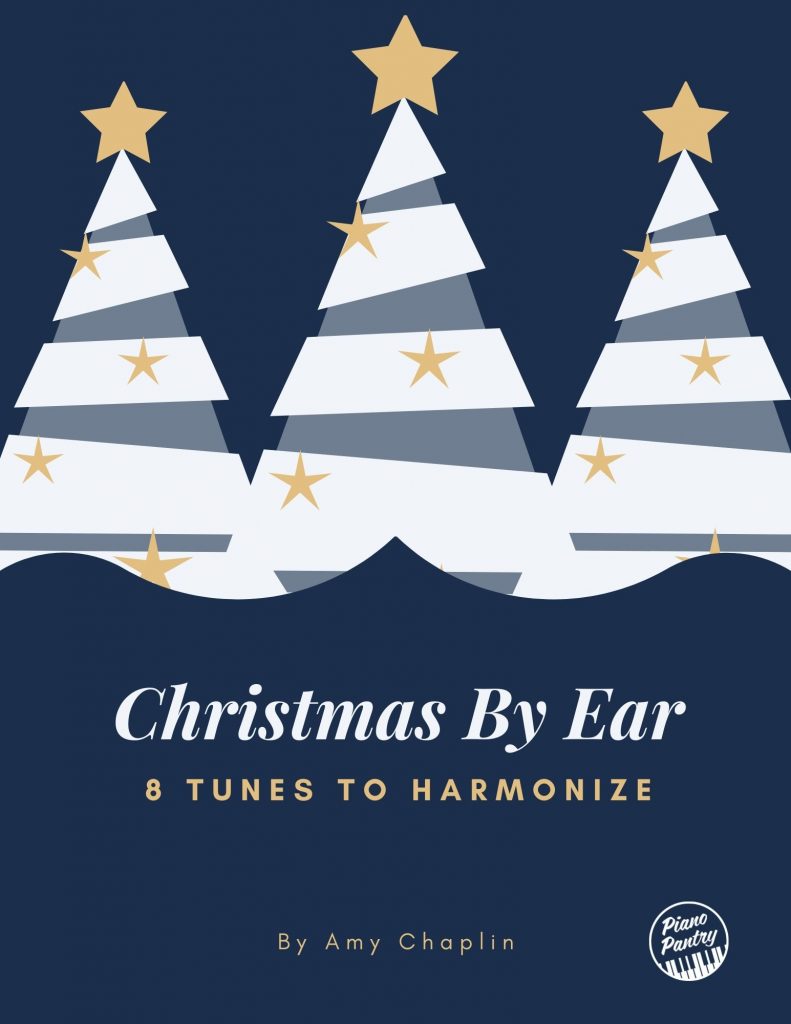
This coming Sunday, March 20, 2022, marks six years since I hit publish on the first post here on Piano Pantry, Welcome to My Studio.
It’s been a fun creative outlet for me and a great way to connect with you. I enjoy creating new teaching resources and sharing ideas as quickly as life and physical ability allow.
As a big THANK YOU for being here, we’re celebrating with a discount in the SHOP! In this post, I’ll share a few product and resource highlights from over the years followed by the discount code at the end of this post.
Here’s a fun little timeline/history of what has been brought to you over the past 6 years:
First Free Resource
The first big resource I shared in Piano Pantry back in 2016 was Assignment Sheet Central which now houses more than 20 free assignment sheets.
This stemmed from a period of time when I went through what was called my “assignment sheet addiction“.
Newest Free Resource
The newest resource available to you is The Piano Pantry Podcast launched in January 2022 and now has 11 published episodes. Listen to the 1-minute trailer here
So far, the most downloaded episode is #2 Managing Your Podcast Consumption
Most Popular Post

Several years ago, I spent quite a bit of time hunting down little critters to accompany the technique exercise in Piano Safari. I shared my favorites in this post which remains the most popular on the site to date.
Most Popular Freebie Download
This Candy Car Contest download is insanely popular.
It’s a fun little studio-wide activity to use during holiday or group-class weeks. Kids go crazy over this little contest.
Newest Product in the Shop

Piano Lesson Warm-Up / Focus Activity
Doing a focus activity at the beginning of lessons has several wonderful benefits including helping students transition from their day and turn their mental and physical focus to the piano.
Most Popular Products in the Shop
Not surprisingly, the most popular product in the shop is the teacher-licensed book Christmas By Ear: 8 Tunes to Harmonize.

The format encourages the development of audiation, improvisation, and creativity skills by presenting multi-level steps/variations on playing each tune. Each song includes its own checklist so students can use and build on these sheets year after year as their skills progress.
Once again, I’m not really surprised that the second most popular product is Happy Birthday By Ear.

This 11-page teaching guide is all you and your students will need to learn (and remember how to play) this tune.
Students are guided by learning the melody, harmony, and a variety of creative variations while fostering their audition of the piece.
Birthday Discount
As a big THANK YOU for being here, we’re celebrating with a discount in the SHOP! Since the blog launched in 2016, I’m giving 16% off your entire order through March 31, 2022.
Use the code BIRTHDAY16 at checkout.
Continue reading

















